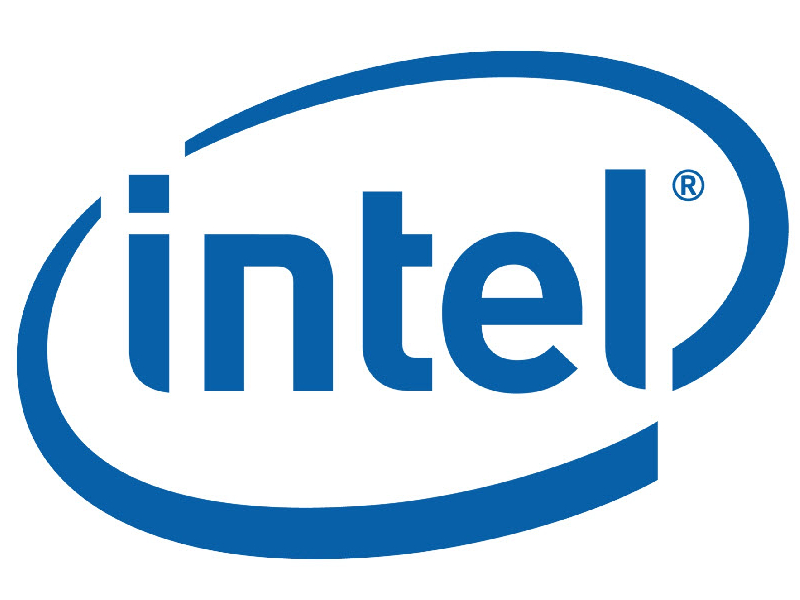Intel Says Moore's Law Depends on Increasing Efficiency
In a keynote given at ISSCC, Intel executive vice president and chief product officer Dadi Perlumtter provided a long term outlook of processor requirements as we are moving further into terascale computing, eventually hitting exascale systems in 2020.
Perlmutter indicated that achieving the plain milestones of computational horsepower and transistor count is not the problem engineers are facing in this decade. "While Moore’s Law continues to provide more transistors, power budgets limit our ability to use them," Perlmutter said.
If design-productivity limitations were the key problem in the 1980s, power dissipation in the 1990s, and leakage power in the 2000s, efficiency is the issue in this decade, according to the executive. Perlmutter noted that an exascale supercomputer could consume up to 1 Gigawatt (GW) using today's technologies and is not practical to be actually built. A terahertz computer could consume up to 3 KW, but may be scaled to just 20 Watt by the end of the decade, Perlmutter said.
Intel is betting on its 3D tri-gate transistors, 3D die stacking (such as Hypercube memory design), near-threshold-voltage logic, and "future heterogeneous technologies" to deliver much more efficient computing architectures. The company is also looking into fine-grain power and energy management and software that is more intelligent and self-aware to manage not just the processor, but the power consumption of an entire platform, from top to bottom.
Get Tom's Hardware's best news and in-depth reviews, straight to your inbox.

Douglas Perry was a freelance writer for Tom's Hardware covering semiconductors, storage technology, quantum computing, and processor power delivery. He has authored several books and is currently an editor for The Oregonian/OregonLive.
